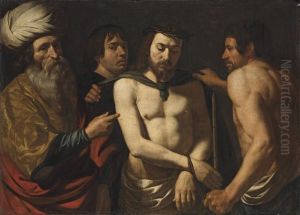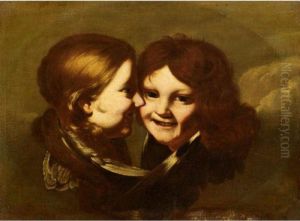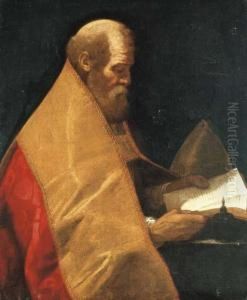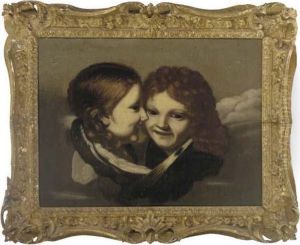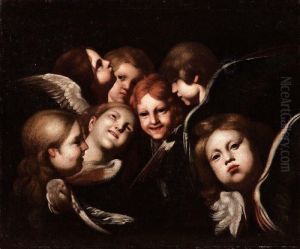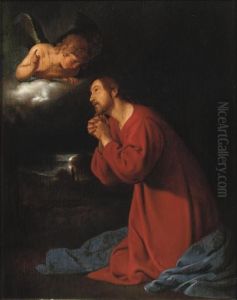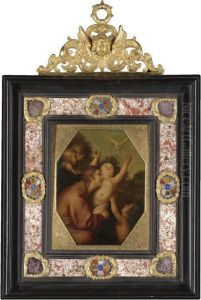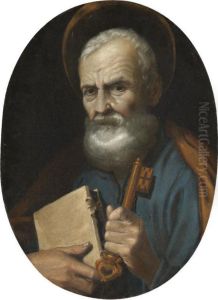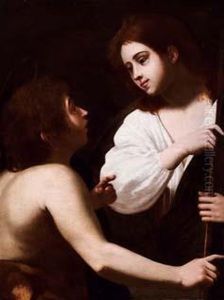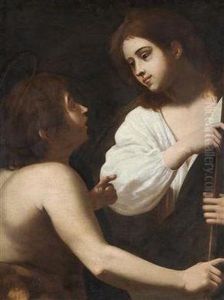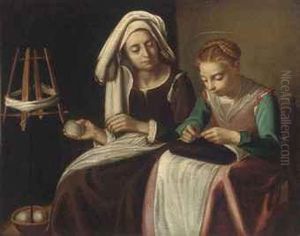Giovanni Antonio Galli Paintings
Giovanni Antonio Galli, also known as Spadarino, was an Italian Baroque painter active during the early 17th century. Born in 1585 in Rome, Italy, Galli developed a painting style that was influenced by the works of Caravaggio, from whom he drew inspiration in terms of dramatic lighting and realistic depictions of figures.
Galli's works are characterized by their intense emotional expressions, chiaroscuro technique, and meticulous attention to detail. His subjects often included religious themes and scenes, which were common among Baroque artists of the time. Although not as widely recognized as some of his contemporaries, Galli's contribution to Italian Baroque art is notable for its emotional intensity and technical skill.
During his career, Galli received commissions from several religious institutions. He painted altarpieces and other religious artworks that were appreciated for their devotional quality and artistic merit. Despite his talent, there is relatively little documentation regarding his life, and many of his works have only been attributed to him through stylistic analysis rather than firm historical records.
Galli's death in 1651 marked the end of a career that, while not extensively documented, left behind a number of works that continue to be studied for their embodiment of Baroque artistic principles. His paintings remain in various churches and museums, offering insight into the religious and cultural milieu of 17th century Rome.
